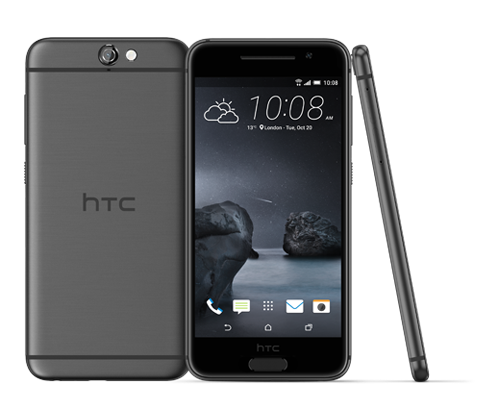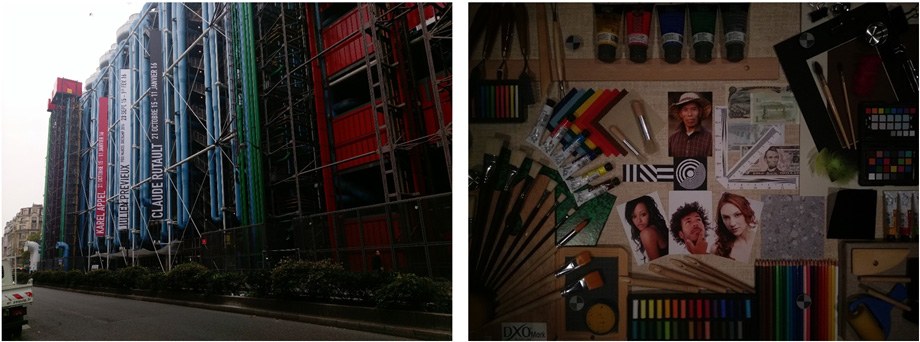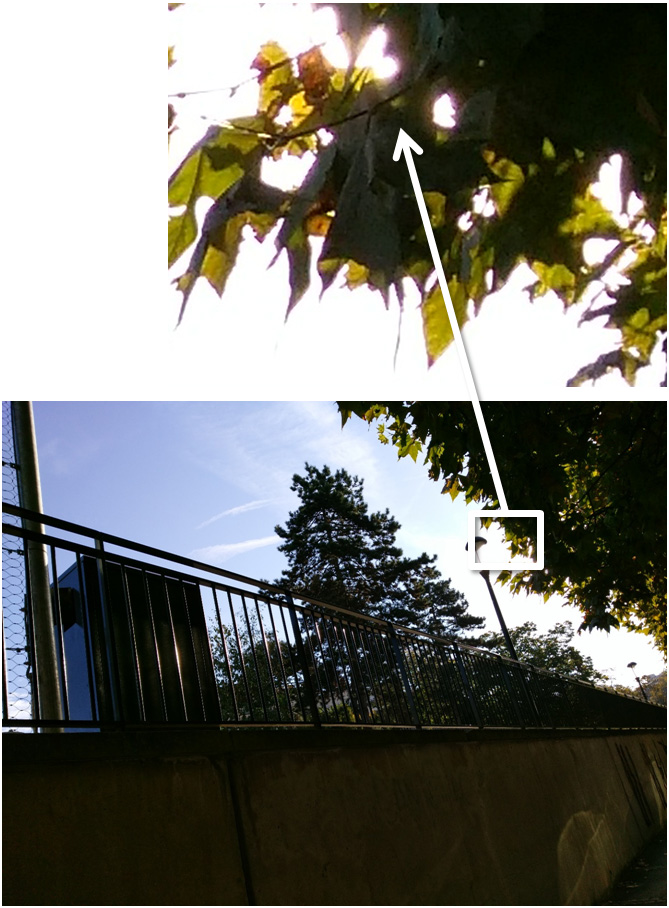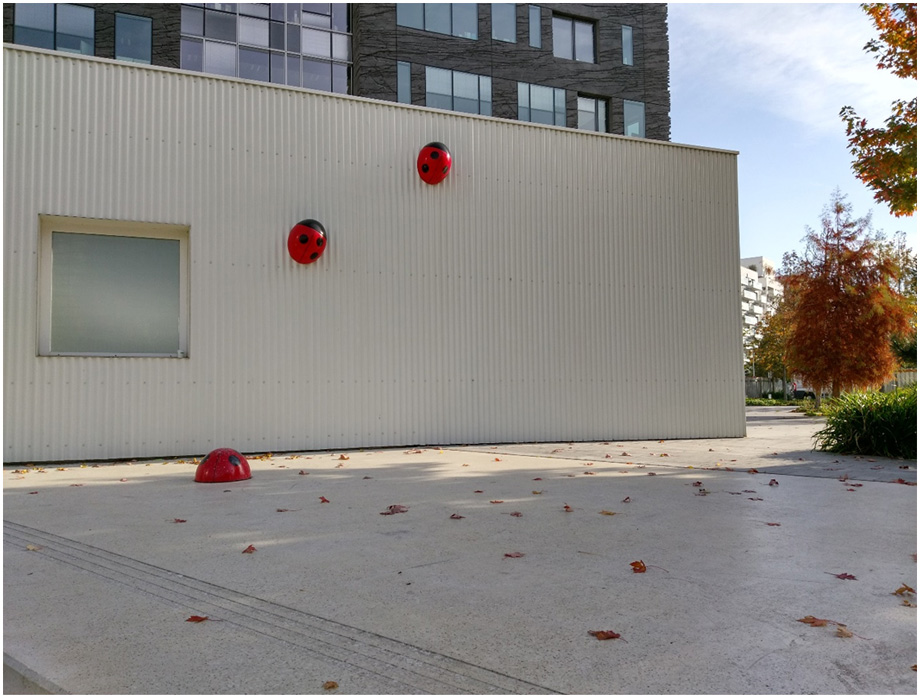With a DxOMark Mobile score of 78 points, the One A9 performs noticeably better than other recent HTC smartphones, and after several devices with disappointing imaging results, puts HTC back into competition with other high-profile brands.
Looking at specifications and price point, the HTC One A9 can arguably be classified as an “upper mid-range” smartphone. However, thanks to an optical image stabilization system and a fast F2.0 aperture, it arguably has advantages in terms of camera specifications over HTC’s high-end model One M9 that comes with a 21MP sensor but slower F2.2 aperture and no optical stabilization.
The specification differences translate into real-life results and in the DxOMark image quality testing, the A9 outperforms its higher-priced cousin in almost every aspect.
The HTC One A9 isn’t quite up there with the current very best smartphone cameras, but performs on a similar level to Google’s Nexus 6 or the Samsung Galaxy S5, making it worth a closer look for mobile photographers using the Android operating system.
Generally good exposure…
Like most smartphone cameras, the One A9 generally produces very good exposures. It shows some slight weaknesses only in challenging situations.
But still some small improvement required to match the best devices
In very high-contrast scenes, the camera tries to preserve highlight details by under-exposing, which can lead to a lack of shadow detail. Very dark scenes can be under-exposed as well, but this is something the A9 has in common with many other smartphone cameras.
Generally pleasant color with slightly shaky white balance
Color is generally pleasant and natural. Only in low daylight and under low tungsten illumination can a slight pink color cast become visible. Testers also found that the white balance system did not always work consistently, sometimes producing slight color differences between images of the same scene.
Good edge and detail definition in all light conditions
When zooming in to a 100% view, the One A9 images shows good detail and good edge definition across the ISO range. Some blurring of fine detail and traces of luminance noise are noticeable at base ISO, but within acceptable limits. This is a real achievement compared to the previous HTC One M9, even if there is still some room for improvement compared to the best in its class.
Good edge definition and detail are maintained in low light, but noise reduction blurs more fine detail, despite some luminance noise still being noticeable. In low light, the HTC occasionally also uses unusually slow shutter speeds of down to 1/8 sec, which despite the optical image stabilization, can lead to image blur and some loss of detail through camera shake.
Photo artifacts under control
When viewed at full size, the A9 image output shows some ringing and color fringing along high-contrast edges but overall image artifacts are well under control. Occasionally channel clipping can lead to signs of blue sky saturation, but lens distortion and vignetting are well within acceptable limits.
Photo: Good flash and autofocus performance
When shooting with the A9’s dual-LED flash, images show even illumination with only a slight reduction of brightness around the edges of the frame. White balance tends to be good as well, even when flash is mixed with other light sources, and image processing keeps noise levels at bay. However, low noise levels come at the cost of fine detail and subjects can be just a touch overexposed. As with low-light shooting, the camera uses slow shutter speeds in flash mode which can lead to image blur through camera shake or subject motion.
The autofocus is fast and accurate in bright light. As with most smartphones, it slows down at lower light levels but remains very accurate. Some instability can be observed in the preview image, especially in low light.
Video: Good exposure and color
As with still image mode, the HTC One A9’s video performance is significantly better than the One M9’s, but cannot quite match the video modes of the very best in class. A9 video footage is generally well-exposed and the exposure system adapts smoothly to changes in brightness, but it is sometimes just a little slow to react. Color rendering is also good and the auto white balance system adapts well to changes in color temperature. Noise levels are low.
On the negative side, some highlight clipping can occur and a lack of fine detail is noticeable in all light conditions. The autofocus occasionally struggles and can overshoot. It’s also a little slow to trigger after a scene change and shows occasional instability during changes in brightness. Footage also shows an unpleasant jello effect with leaning verticals, and despite being an optical system, the image stabilization is not very efficient at correcting for camera shake.
Photo Pros
- Fast and accurate autofocus in bright light
Video Pros
- Good color rendering and white balance adjustment
- Low noise levels
Photo Cons
- Under-exposure and poor dynamic range in high-contrast situations
- White balance can cause pink cast in low daylight and tungsten-illuminated low-light scenes
- Very slow shutter speeds in low light (1/8 sec at 20 Lux) lead to image blur
- Autofocus shows instabilities in preview
- When shooting with flash, images show slight overexposure and autofocus irregularities are noticeable
Video Cons
- Lack of fine detail in all shooting conditions
- Noticeable autofocus overshooting, predominantly from macro to infinity
- Jello effect visible
- Lack of shadow detail in low-light footage
- Inefficient stabilization, especially for roll correction














DXOMARK encourages its readers to share comments on the articles. To read or post comments, Disqus cookies are required. Change your Cookies Preferences and read more about our Comment Policy.